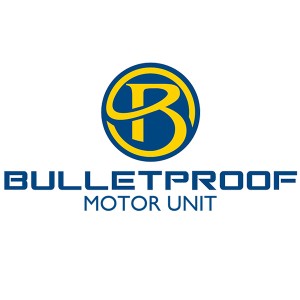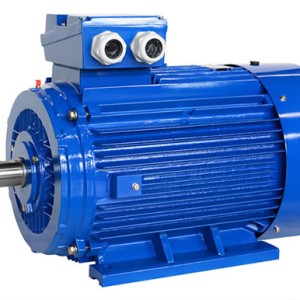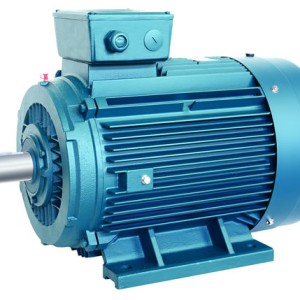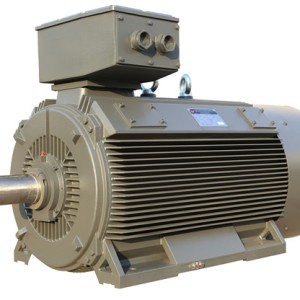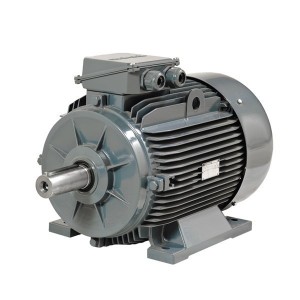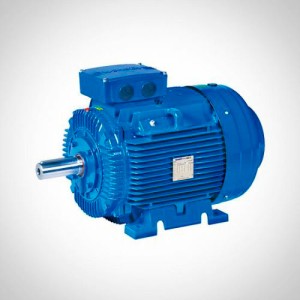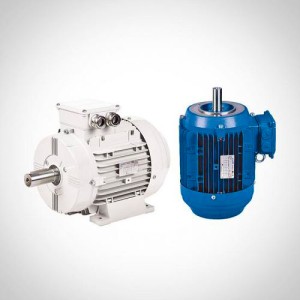At present, the countries that formulate motor efficiency standards internationally include the United States, Canada, Mexico, Brazil, Australia and New Zealand. my country has promulgated the energy efficiency standards for electric motors at the beginning of this year, and will be officially implemented on August 1, 2002. Regarding the EU-wide European Motor and Power Electronics Manufacturers Association (CEMEP) agreement index, although it is not a European directive, it has been included in the EU environmental protection and energy saving plan, so the agreement index can be regarded as a unified standard for EU countries.
The EPACT efficiency index of American electric motors is formulated according to the 90-year standard NEMA12-10 (ie NEMA12-6C) of the American Motor Manufacturers Association (NEMA). The Canadian motor standard (CSA-390) is the same as the EPACT efficiency index in the United States, while the efficiency index of the Mexican and Brazilian motor standards adopts the high-efficiency motor standard NEMA12-9 (ie NEMA12-6B) formulated by NEMA in 1989, and its efficiency is higher than that of the United States. The EPACT indicator is 0.6 to 1.5 percentage points lower. The test methods for motor efficiency in the above four countries all adopt the test method specified by EPACT in the United States, that is, the American Institute of Electrical and Electronics Engineers standard IEEE112-B method.
The efficiency indicators of China, Australia and New Zealand are basically the same as the EU CEMEP indicators, and the test methods also adopt the International Electrotechnical Commission standard IEC34-2 method. It can be seen that the current international motor energy efficiency standards, the standards of the United States and the European Union have a certain representativeness. The following is a further introduction to the progress of these two standards.
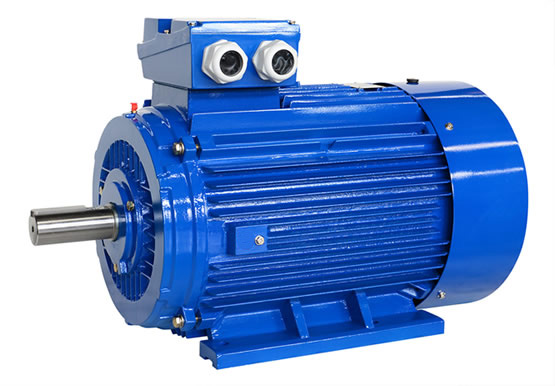
1. American standard
After the US NEMA formulated the efficiency standard NEMA12-10, considering the demand for higher efficiency levels, it also formulated the NEMA E design standard, that is, the NEMA12-11 standard, and its efficiency index was 1-4 percentage points higher than that of NEMA12-10. , but its starting performance is reduced. In recent years, due to the tightening of power supply in the United States, the Energy Efficiency Consortium (CEE), which is mainly composed of power companies in the United States, and the United States NEMA jointly formulated the Super Efficiency Motor (Premium Efficiency) index whose starting performance is consistent with EPACT requirements. The efficiency level is close to the NEMA E design, which is 1 to 3 percentage points higher than the EPACT index, and the loss is about 20% lower than that of EPACT.
2. EU standard
The EU CEMEP standard specifies high and low efficiency indicators for each specification motor. The product efficiency value is lower than the low index is called eff3 motor, between the low index and the high index is called eff2 motor, and the product higher than the high index is called eff2 motor. For the eff1 motor.
Since my country’s power supply frequency, power and size measurement standards and the relationship between the power level and installation size of the motor are the same as those in Europe, and my country’s basic technical requirements and test methods for motors are also in line with the IEC standards as in Europe, and then consider At present, the export volume of electric motors in my country has reached a considerable amount, of which 3/4 are sold to Europe and the Asia-Pacific region, and only 1/4 are sold to North America. Therefore, my country’s electric motor energy efficiency standard takes the European CEMEP low-grade value as the minimum energy efficiency limit, namely Both domestically produced and imported motors must meet this index, and the CEMEP high-grade value is used as the energy-saving evaluation value, that is, motors that meet or exceed this index can be called high-efficiency motors or energy-saving motors.
Slightly different from CEMEP-EU, the Chinese standard appropriately increases the power range and the number of poles according to domestic conditions, and increases the assessment requirements for load stray losses when assessing the energy-saving evaluation value of products.
Post time: 2022-02-22


